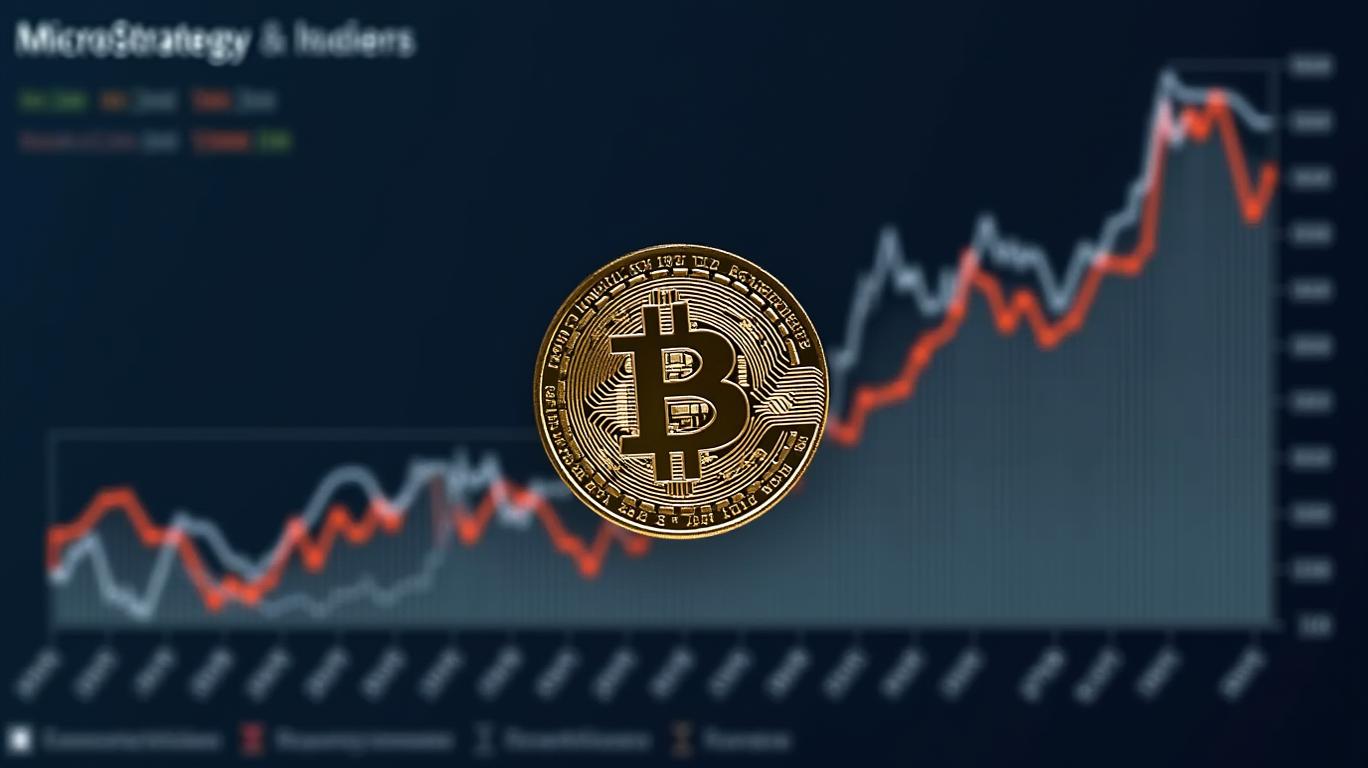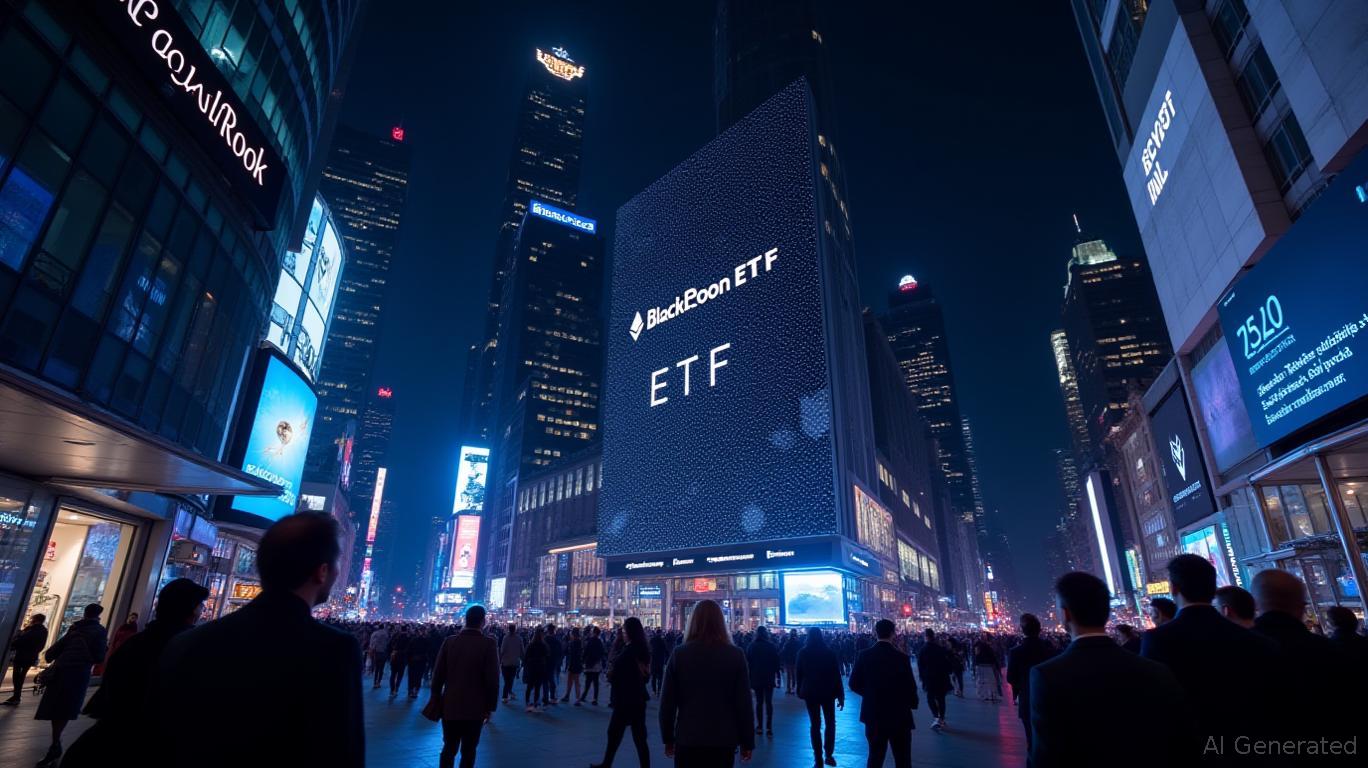MicroStrategy’s Bitcoin Gambit: Q1 2025 Earnings Reveal Aggressive Expansion
MicroStrategy Incorporated (NASDAQ:MSTR), the corporate world’s most prominent Bitcoin accumulator, has released its Q1 2025 earnings, revealing a stark yet strategic blend of financial volatility and Bitcoin-centric ambition. The results underscore the company’s relentless pursuit of its vision: leveraging equity and debt markets to amass Bitcoin at scale, even as traditional software revenue falters. Here’s a deep dive into the numbers, risks, and opportunities.
The Bitcoin Treasury Machine
MicroStrategy’s Bitcoin holdings hit 553,555 BTC as of April 28, 2025, with a cost basis of $37.9 billion (an average of $68,459 per BTC). Year-to-date (YTD), the company achieved a 13.7% Bitcoin Yield—a metric measuring Bitcoin growth relative to assumed diluted shares—surpassing 90% of its original 15% annual target. This prompted a bold revision: Management now aims for a 25% Yield and a $15 billion BTC $ Gain (up from $10 billion), reflecting confidence in Bitcoin’s upward trajectory.
The BTC $ Gain of $5.8 billion YTD (calculated using Bitcoin’s price of ~$95,000 on April 28) highlights the impact of its capital-raising prowess. However, volatility is inherent: Q1’s Bitcoin price drop to $82,445 triggered a $5.9 billion unrealized loss under new fair-value accounting rules (ASU 2023-08). This loss, though non-cash, swelled the net loss to $4.2 billion—a stark contrast to the $53 million loss in Q1 2024.

Capital Markets on Overdrive
To fuel Bitcoin purchases, MicroStrategy deployed an array of financing tools:
- Equity Offerings: The $21 billion at-the-market (ATM) common stock program raised $7.7 billion in Q1, with an additional $2.3 billion raised through April 28.
- Preferred Stock: The STRK and STRF perpetual preferred offerings brought in $1.27 billion in Q1, with the STRK ATM program retaining $20.9 billion capacity.
- Debt: $2 billion in convertible notes and a $710 million STRF IPO further diversified funding sources.
The result? Over $12 billion in net proceeds since late 2024, enabling the purchase of 301,335 BTC in Q1 alone. CEO Phong Le emphasized this success: “The strategy is working. We’ve grown Bitcoin holdings while driving a 50% rise in MSTR’s share price.”
Software Business: A Mixed Picture
While Bitcoin dominates headlines, MicroStrategy’s software division—its traditional revenue source—faces headwinds:
- Total Revenue: Dropped 3.6% YoY to $111.1 million, dragged down by a 16% decline in product support and 15% drop in other services.
- Subscription Growth: A bright spot, with 61.6% growth in cloud-based subscriptions to $37.1 million.
Gross margin fell to 69.4% (from 74% in Q1 2024) as legacy revenue streams shrank. CFO Andrew Kang noted, “We’re shifting focus to recurring revenue models, but legacy declines will persist.”
Risks: Bitcoin’s Sword and Shield
MicroStrategy’s strategy hinges on Bitcoin’s price and market access. Key risks include:
1. Volatility: A 20% Bitcoin price drop could erase billions in fair-value gains, as seen in Q1.
2. Dilution: Equity and preferred stock issuances have diluted shares by ~30% since 2023, raising concerns about future accretion.
3. Debt Obligations: Perpetual preferred dividends (STRK/STRF) could force share issuances, further diluting metrics.
Conclusion: A High-Stakes Bet on Bitcoin’s Future
MicroStrategy’s Q1 results are a masterclass in execution under volatility. The company has:
- Raised $7.7 billion in Q1 alone, fueling Bitcoin purchases.
- Revamped targets to reflect bullish sentiment, now targeting a 25% Yield.
- Maintained liquidity, with cash reserves rising to $60.3 million.
However, investors must weigh risks: The $4.2 billion net loss and dilution metrics highlight the fragility of this model. Success hinges on Bitcoin’s price rebound and sustained access to capital markets.
For long-term holders, MicroStrategy remains a pure-play Bitcoin bet. For software investors, its traditional business is secondary. As CEO Le put it: “Bitcoin is our moonshot. We’re building a legacy.”
The question remains: Can MicroStrategy’s relentless Bitcoin accumulation outpace the dilution and volatility? The answer lies in Bitcoin’s price—and the company’s ability to keep funding its vision.



_23f7f7eb1749627884277.png)






